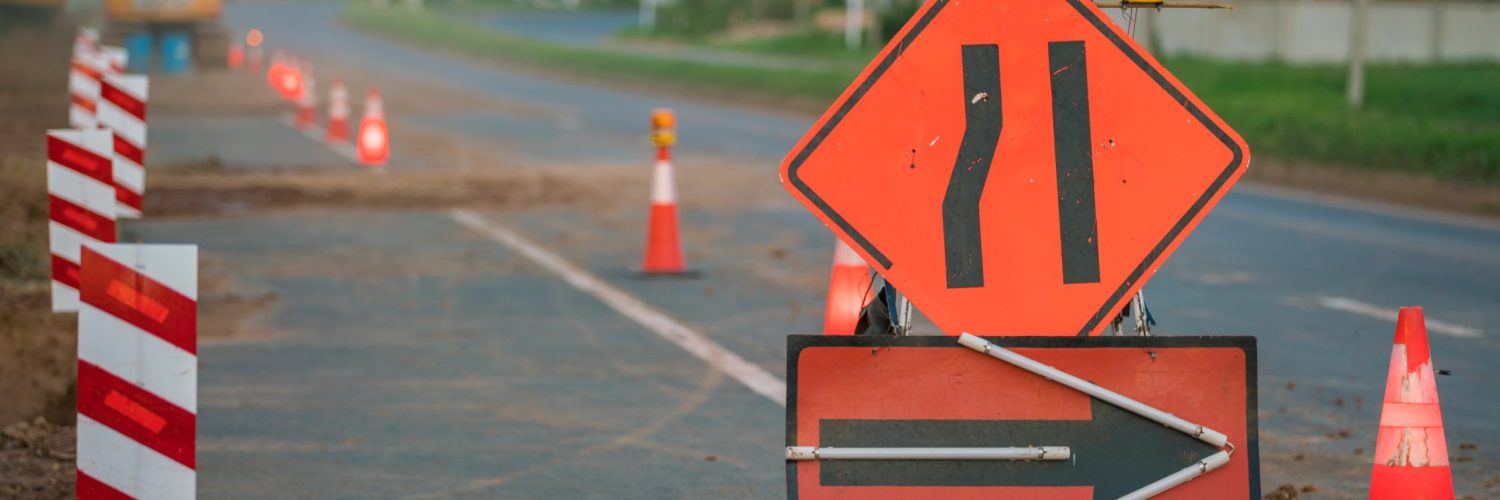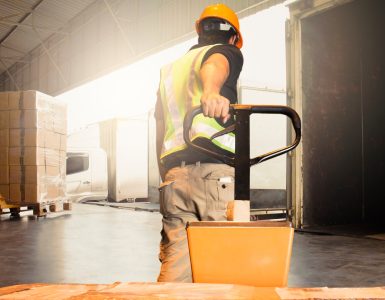Roadwork sites are hazardous to workers and equipment. Many construction accidents are preventable with thorough planning. To mitigate the risks of roadwork sites, construction managers need to know how to avoid them altogether.
Vehicle-Related Accidents
Passing traffic is the most significant threat to any roadwork site, especially when vehicles are moving at high speeds. While work zone fatalities have decreased over time, there are always hazards to mitigate.
Cars traveling at highway speeds create a constant danger zone around your work area. Even with proper signage, distracted or impaired drivers can quickly turn a routine job into a catastrophe.
With the high risk for accidents, there is a need to increase safety on highway construction projects. All workers should wear high-visibility clothing during the day and reflective gear at night to increase the chance for drivers to see them and slow down their vehicles.
Furthermore, try to schedule construction tasks during low-traffic periods.
Although it’s not always possible, it’s an effective strategy to prevent accidents in congested traffic.Equipment Hazards
Heavy machinery operates in tight quarters at roadwork sites, creating multiple collision points between equipment and workers. Excavators, pavers, and compactors have significant blind spots that can conceal workers from operators’ view. Implement the following safety measures:
- Assign spotters for all equipment operations near personnel.
- Install backup alarms and warning lights on all machinery.
- Create designated walkways separate from equipment paths.
- Conduct pre-shift equipment inspections to identify mechanical issues.
Weather-Related Risks
Adverse and severe weather conditions amplify existing hazards at roadwork sites. Rain creates slippery surfaces and reduces visibility for drivers, which can increase accidents on and around the worksite. Other weather conditions, like cold weather and extreme heat, also pose risks for workers.
Site managers should always monitor weather forecasts and adjust the work schedule accordingly. Planning extra days into the schedule to account for possible weather setbacks is a great method to keep road work from taking too long and prevent delays.
Providing adequate hydration and cooling stations during extreme heat can also help avert overheating during physical labor. To make sure everyone is safe while working in severe weather, stop work immediately at the first sign of dangerous conditions.
Fall Hazards
Uneven surfaces, excavations, and elevated work areas create multiple opportunities for serious falls. Temporary surfaces around roadwork sites often lack proper edge protection or stable footing. Fall prevention measures should include
- Installing guardrails around all excavations deeper than four feet.
- Using safety harnesses for tasks that take place above six feet.
- Maintaining three points of contact when using climbing equipment.
Protect Businesses and Workers
Successful roadwork relies on reducing risks and avoiding problems that can increase work delays and insurance costs. With fewer injuries and better safety plans, crew morale can improve and pay dividends for a business.

















